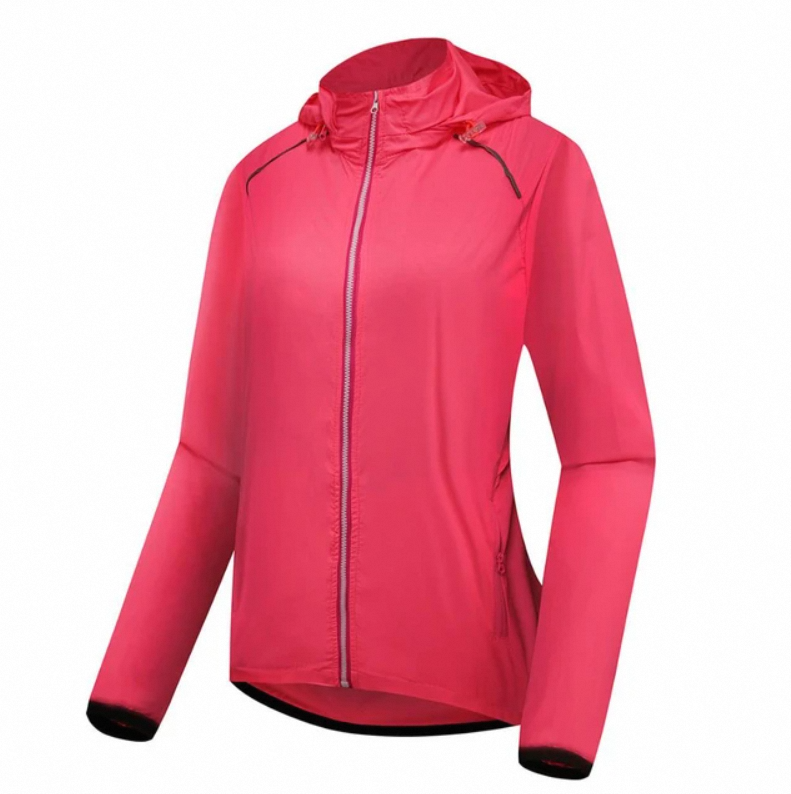Women’s windbreakers are an essential piece of outdoor clothing designed to provide protection against harsh weather conditions. Selecting the right size is crucial to ensuring optimal performance and comfort. In this article, we will explore the factors to consider when choosing the right size for women’s windbreakers.
Body Measurements:
The first step in choosing the right size for women’s windbreakers is to take accurate body measurements. This includes measuring the bust, waist, and hips. The measurements should be taken while wearing light clothing and standing in a relaxed stance. It is important to refer to the manufacturer’s size chart to determine the appropriate size based on the measurements.
Fit Type:
Women’s windbreakers come in a variety of fit types, including relaxed, regular, and slim fit. The fit type is based on personal preference and the intended use of the windbreaker. A relaxed fit provides more room for layering, while a slim fit offers a more streamlined look. Regular fit falls in between the two.
Layering:
Layering is an essential part of outdoor activities, and it is important to consider when choosing the right size for women’s windbreakers. If you plan to wear multiple layers underneath, it is recommended to choose a windbreaker that is a size larger than your regular size. This will provide more room for layering and prevent the windbreaker from feeling too tight.
Movement:
The right size for women’s windbreakers should allow for freedom of movement. It is important to consider the type of activity you will be engaging in when selecting the right size. If you plan to engage in activities that require a lot of movement such as hiking or running, it is recommended to choose a windbreaker that is a size larger to allow for unrestricted movement.
Sleeve Length:
The sleeve length is an important factor to consider when choosing the right size for women’s windbreakers. The sleeves should be long enough to cover the wrists without restricting movement. A windbreaker with adjustable sleeves is also a good option as it allows for a custom fit.
Hood Size:
If the windbreaker comes with a hood, it is important to consider the size of the hood when selecting the right size. The hood should fit snugly around the head without obstructing vision or restricting movement. It is recommended to choose a windbreaker with an adjustable hood to ensure a custom fit.
Body Length:
The body length of the windbreaker is an important factor to consider when selecting the right size. The windbreaker should cover the hips and provide adequate protection against wind and rain. A windbreaker that is too short will not provide adequate protection against the elements.
Try it on:
The best way to determine the right size for women’s windbreakers is to try them on. This will allow you to assess the fit, movement, and comfort. It is recommended to try on multiple sizes and styles to find the right fit for your body type and intended use.
Conclusion:
Choosing the right size for women’s windbreakers is crucial to ensuring optimal performance and comfort. Accurate body measurements, fit type, layering, movement, sleeve length, hood size, and body length are all important factors to consider when selecting the right size. Trying on multiple sizes and styles is the best way to determine the right fit for your body type and intended use. With the right size, women’s windbreakers provide optimal protection and performance, making outdoor activities more enjoyable and comfortable.





